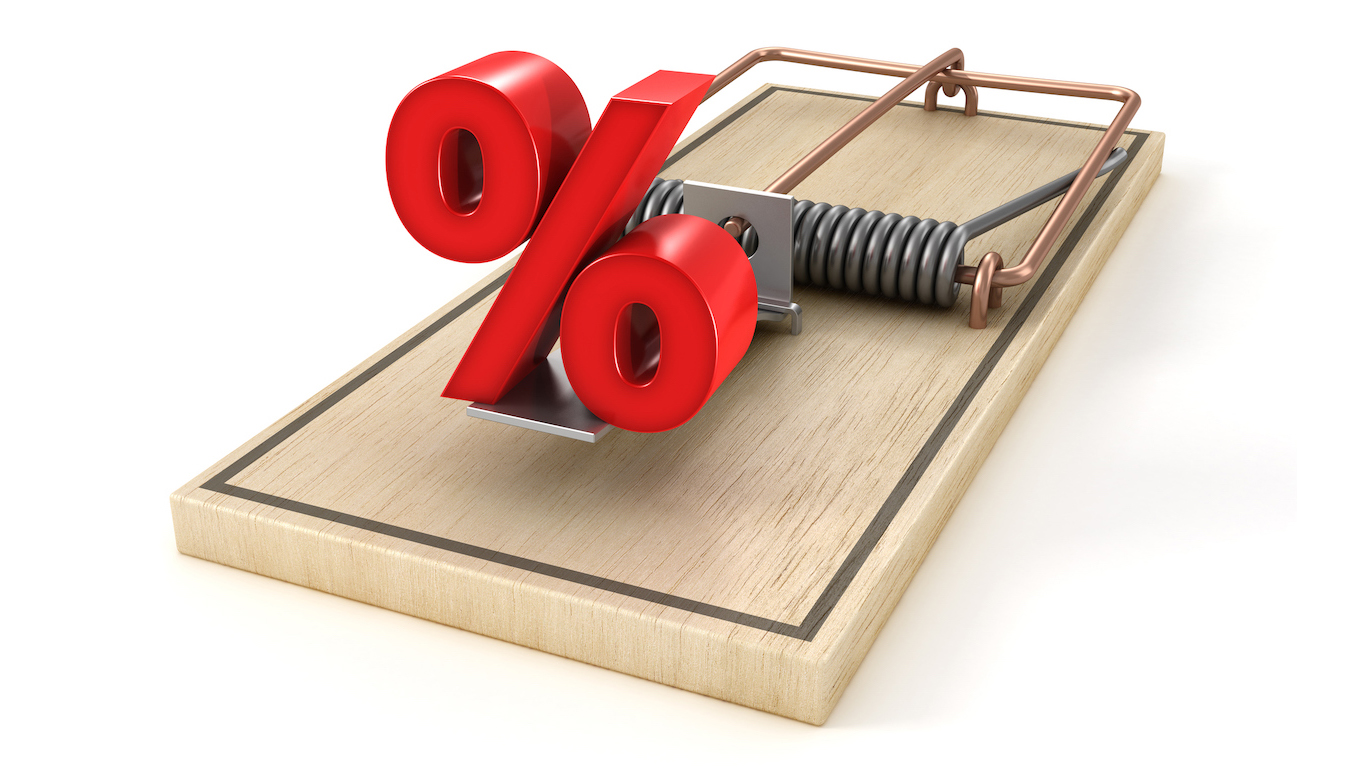Economy
Why the Federal Reserve Rate Cutting Cycle Already May Be Over

Published:
Last Updated:

With news of the trade negotiations between the United States and China going well, it will be time to rethink some of the more negative economic expectations for the end of 2019 and into 2020. The latest indication is that China has agreed to roll back existing tariffs and that both sides were closer to a Phase-One deal. This begs the question about whether U.S. interest rates have anywhere to go but back up.
The stock market wanted Federal Reserve Chair Jerome Powell and his voting members of the Federal Open Market Committee (FOMC) to lower interest rates this year, and there were some issues around their timing. The Fed obviously tightened too much in 2018 and, without ever really admitting any fault, it was too slow to lower its target federal funds rate from the end of 2018 and into 2019. That said, the interest rate cut in October may have marked the end of a brief interest rate cutting cycle by the United States, and it seems that short-term interest rates may have found their equilibrium for the time being.
With negative interest rates prevailing in Europe and in Japan, it still seems too soon to be factoring in when the next interest rate hike by the U.S. Federal Reserve may be expected. That said, there are some serious indications that the interest rate cycle is all but over for cuts.
Situations can change quickly if economic or geopolitical issues arise, and for the upcoming U.S. elections it seems hard to find anyone who thinks that some of the more aggressive socialist policies in the United States would be good for the economy using historical economic measurements. With history as a judge, let’s just say that economists and the financial markets have a hard enough time getting the next month right, let alone a full year out. We will have to see what (if any) policy changes actually take place compared with what is promised during campaigns.
As for the fed funds remaining at the current 1.50% to 1.75%, the odds are still better than 50/50 that the rate-cutting moves are finished through the summer of 2020. Here is how the CME FedWatch Tool is predicting the current target fed funds rate of 1.50% to 1.75% to remain in place for each of the coming FOMC meetings:
Going out a full year from today, something that will be right in the midst of and just after the presidential election, the odds are barely 50/50 that rates will go lower. These are shown as follows:
With the Dow Jones industrials up over 200 points and above 27,700, and the S&P 500 up over 16 points at 3,093, for new all-time highs on Thursday, the U.S. yield curve has continued to normalize after a partial inversion that had been seen in prior months.
The yield on the 30-year Treasury’s “long bond” was up 34 basis points in the past 30 days to 2.38%, and the 10-year Treasury note yield has risen 34 basis points in the past month to 1.90%. As far as whether rates have more room to rise ahead, both the 10-year and 30-year Treasury yields were more than a full percentage point higher a year ago.
A survey of economists from the Wall Street Journal that was conducted in recent days, without having the positive China-trade headlines, put the odds of recession in the next year at 30.2%, down from 34.2% in the survey just a month ago but still higher than the 20% odds a year ago.
One less than aggressive metric is tracking the regional Federal Reserve branch models for the current quarter’s gross domestic product. These numbers are modeled using actual economic data and expectations for upcoming reports, but these are rarely accurate this far ahead of the actual release. The Federal Reserve Bank of Atlanta has only a 1.0% growth model in its GDPNow report (last updated November 5) for the fourth quarter of 2019, and the Federal Reserve Bank of New York’s Nowcasting report had an even less exciting 0.8% growth rate modeled in. What if these models looking backward prove to be far too pessimistic as economic data for November and December come in stronger over the next 30 to 45 days?
The economy is not exactly booming, and there are still many concerns out there. It’s just nowhere near as gloomy in the actual reports, even for corporate earnings, as had been reported ahead of time. Even without the benefits of the positive trade talk developments between the United States and China, those endless media calls for an imminent recession over the summer were just wrong.
Credit card companies are at war. The biggest issuers are handing out free rewards and benefits to win the best customers.
It’s possible to find cards paying unlimited 1.5%, 2%, and even more today. That’s free money for qualified borrowers, and the type of thing that would be crazy to pass up. Those rewards can add up to thousands of dollars every year in free money, and include other benefits as well.
We’ve assembled some of the best credit cards for users today. Don’t miss these offers because they won’t be this good forever.
Flywheel Publishing has partnered with CardRatings for our coverage of credit card products. Flywheel Publishing and CardRatings may receive a commission from card issuers.
Thank you for reading! Have some feedback for us?
Contact the 24/7 Wall St. editorial team.